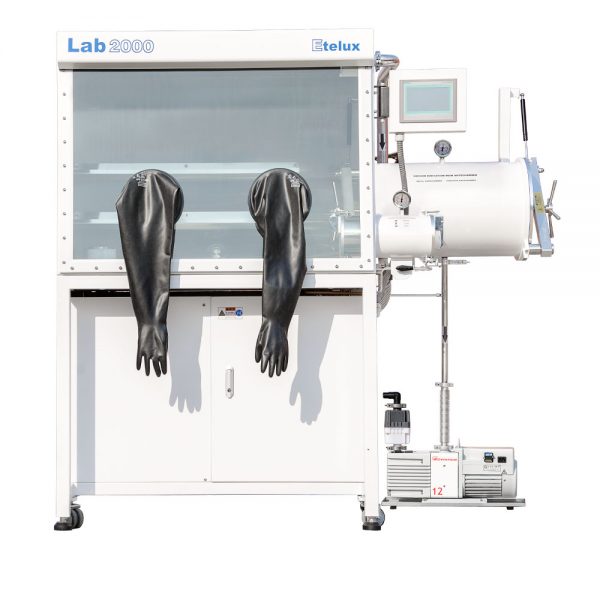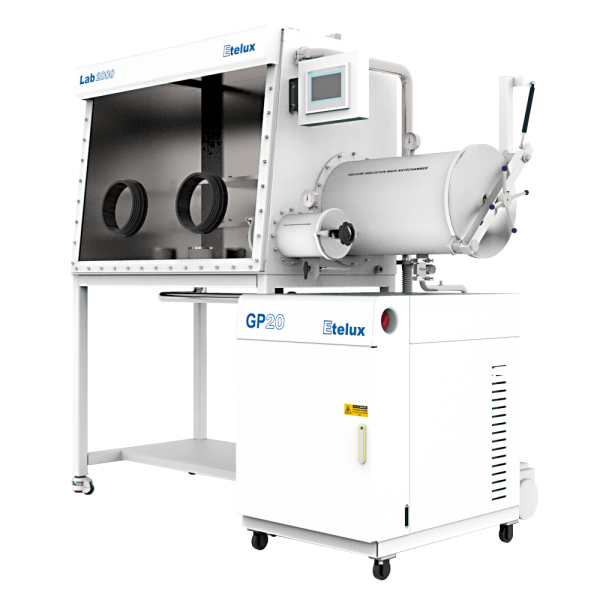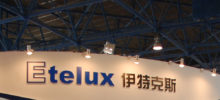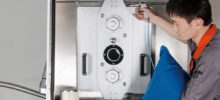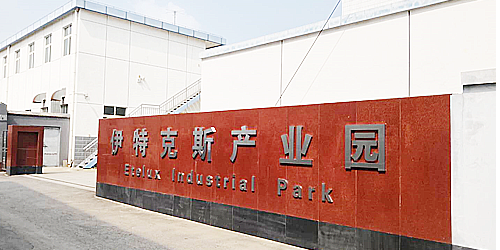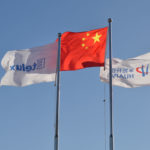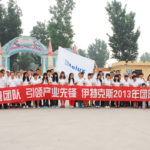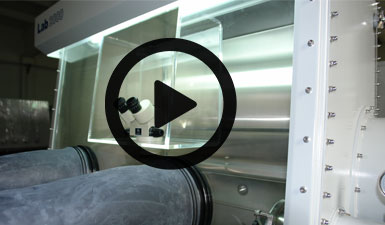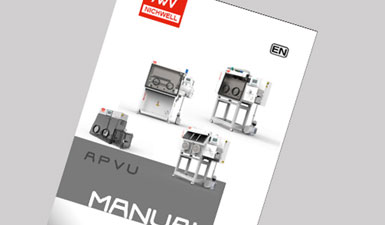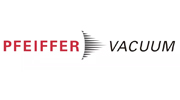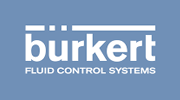With the rapid development of the global economy, energy and environmental issues have become increasingly prominent. Vigorously support and develop clean and renewable energy. Among them, solar energy is the most important renewable energy source. In order to improve the competitiveness of photovoltaic products, one of the most effective ways is to improve the conversion efficiency of solar cells. In addition to improving the conversion efficiency of the cell itself through various technical means, it has also made great progress in improving the light transmittance and weather resistance of its packaging material, photovoltaic glass. At present, the mainstream technical solution is to coat an anti-reflection film on the surface of photovoltaic glass. That is, a sol-gel method is used to coat one or more layers of thin-film material on the surface of photovoltaic glass to reduce the reflection in a specific wavelength band, thereby improving the photovoltaic glass Transmittance. The methods for coating the glass surface include a roll coating method, a spray coating method, and a surface etching method.
However, all the current technical methods cannot well solve the problem of the uniformity of the coating layer. During the spray coating method, the coating solution in the center of the spray gun is enriched, causing speckles; the surface etching method is difficult to uniformize the composition of the surface of the patterned glass, which causes the etching reaction speed to be inconsistent, resulting in uneven film thickness; even the best uniformity The roller coating method is restricted by various factors such as poor glass thickness, roller table transfer jitter, etc. It is also difficult to achieve high-precision consistency. In the case where the coating uniformity cannot be further improved, as a result, on the one hand, the color difference of the module affects the appearance, and on the other hand, the hot spot effect is caused by the inconsistent light transmittance in each area of the coated glass, which affects the durability of the module.
Provide a vacuum coating system. This system is a combination of a vacuum coating system and a vacuum glove box system. It can complete thin film evaporation in a high vacuum evaporation chamber and store samples in a high purity inert gas atmosphere in the glove box. , Preparation and detection of samples after evaporation. The combination of evaporation coating and vacuum glove box realizes the fully enclosed production of evaporation, packaging, testing and other processes, so that the entire thin film growth and device preparation process is highly integrated in a complete controllable environment atmosphere system, eliminating the organic large area circuit preparation process The influence of unstable factors in the atmospheric environment ensures the production of high-performance, large-area organic optoelectronic devices and circuits.

